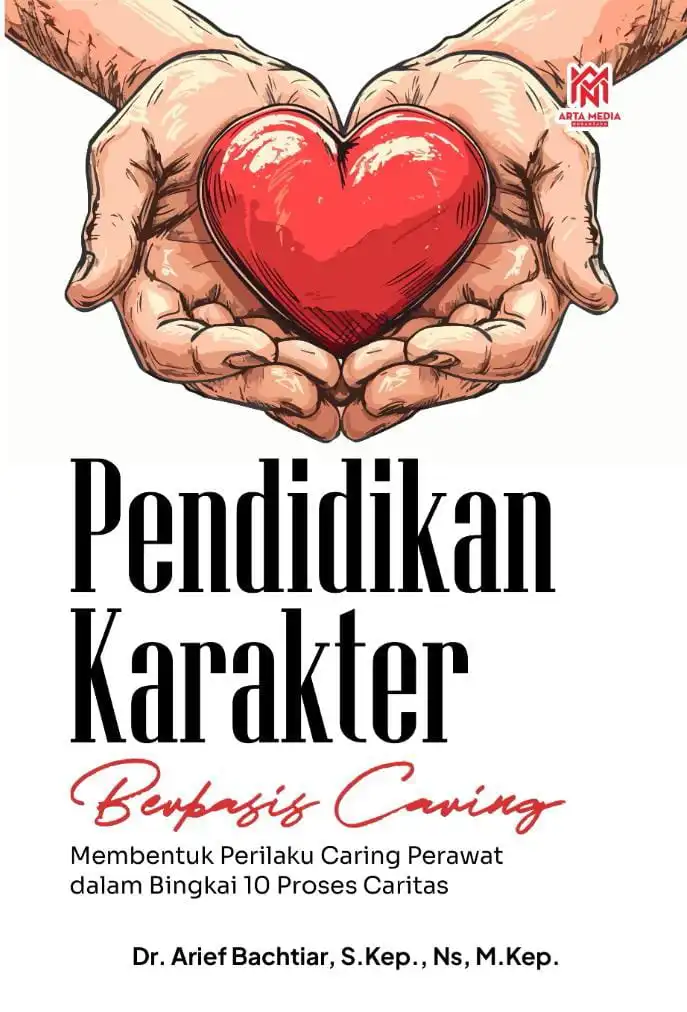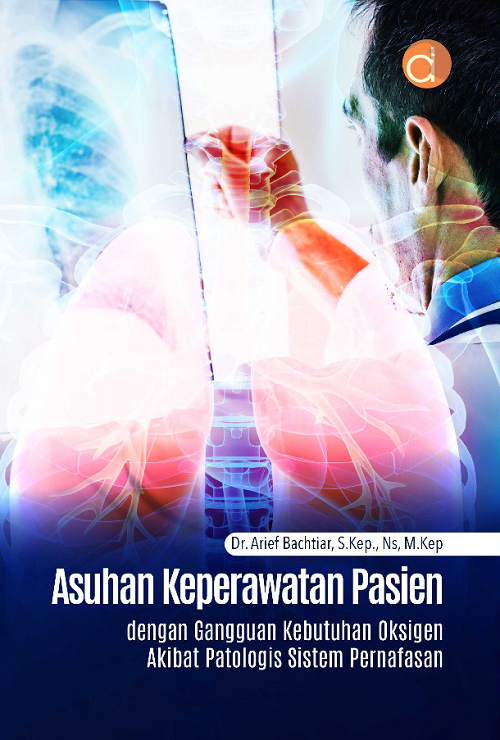Techniques and Methods of Documentation and Reporting in Clinical Settings
Documentation and reporting are fundamental to nursing practice, ensuring that patient care is accurately recorded and communicated. Effective documentation enhances patient outcomes, facilitates continuity of care, and helps safeguard healthcare professionals from potential legal issues. This chapter delves into the history of nursing informatics, the implementation of nursing information systems in hospitals, and the differences between manual and electronic documentation.
The History of the Development of Nursing Informatics
The evolution of nursing informatics, which integrates computer science, nursing science, and information technology, has significantly transformed nursing documentation practices. Initially, nursing documentation was entirely manual, requiring handwritten notes and charts. These methods were often prone to errors and inconsistencies, leading to inefficiencies in patient care.
The advent of computers in the 1960s marked the beginning of a major shift. Early computer applications in healthcare focused primarily on administrative tasks. However, as technology advanced, the potential of computers to assist in clinical care became evident. By the 1980s, nursing informatics emerged as a formal discipline, with the introduction of computerized patient records and nursing documentation systems. Nurses began to use these systems for tasks such as tracking patient progress, recording vital signs, and documenting care plans.
The widespread use of Electronic Health Records (EHRs) in the 2000s revolutionized nursing documentation. EHRs provided more efficient, accurate, and accessible patient records, enabling healthcare providers to communicate better and reduce errors (Gassert, 2019).
The Concept of Implementing Nursing Information Systems in Hospitals
Implementing nursing information systems (NIS) in hospitals is a crucial step in modernizing clinical practices and improving patient care. NIS include systems such as EHRs, Electronic Medication Administration Records (eMAR), and computerized nursing documentation tools. These systems streamline documentation, making it more efficient, accurate, and consistent.
The implementation of NIS requires a thorough understanding of both the technology and the needs of nursing professionals. One of the first steps is selecting the appropriate system based on the hospital's specific needs. Factors such as the size of the hospital, the specialties it offers, and the existing infrastructure play a role in this decision-making process.
Training is another key component in the successful implementation of NIS. Nurses must be well-trained in using these systems to maximize their effectiveness. In addition to basic training on system usage, ongoing education and support are essential to ensure that the system evolves with emerging technologies and clinical needs (McGonigle & Mastrian, 2017).
Once the system is implemented, it enhances communication among healthcare teams, facilitates real-time documentation, and reduces the risk of errors. However, the adoption of these systems may face resistance from staff members who are accustomed to traditional paper-based documentation. Effective leadership, clear communication, and providing adequate resources for training can help mitigate these challenges.
Manual vs. Electronic Documentation
Manual Documentation: Before the widespread use of technology, manual documentation was the standard method for recording patient care. Nurses used paper charts, handwritten notes, and files to document patient information. This process often involved challenges such as legibility issues, loss of records, and difficulty in accessing patient information in a timely manner.
Manual documentation requires physical storage, which can be prone to security breaches and difficulties in finding records. It also increases the risk of human error due to misinterpretation or illegible handwriting. Despite these drawbacks, many healthcare facilities still use manual documentation for certain purposes, especially in areas where technology is not yet accessible.
Electronic Documentation: The introduction of Electronic Health Records (EHRs) has significantly improved the accuracy, accessibility, and security of patient data. EHRs allow nurses to record and retrieve patient information electronically, reducing the time spent on documentation and enhancing workflow. EHRs are integrated with other healthcare systems, enabling seamless communication between healthcare providers, improving decision-making, and enhancing patient safety.
EHR systems allow real-time documentation, which means that the patient’s progress can be tracked as it happens. Nurses can also use decision support tools integrated into these systems to ensure they are following best practices and clinical guidelines. Moreover, electronic documentation systems automatically store and back up records, reducing the risk of data loss and enhancing patient privacy and confidentiality.
However, electronic documentation also presents challenges. It requires significant investment in technology and training, and there may be concerns regarding the cybersecurity of patient data. Moreover, some nurses may experience resistance to change, especially those who are not familiar with digital systems. Addressing these challenges requires comprehensive planning, education, and support (Hollnagel, 2018).
The Role of Nursing Informatics in Enhancing Patient Care
Nursing informatics plays a critical role in enhancing patient care. By integrating technology into nursing practice, informatics improves the accuracy of documentation, supports clinical decision-making, and ensures that patient data is securely stored and easily accessible. It also aids in patient education, allowing nurses to provide patients with personalized health information and track their progress over time.
Furthermore, nursing informatics contributes to research and evidence-based practice by providing a wealth of data that can be analyzed to improve patient outcomes and optimize care delivery. The continuous advancement of technology and its integration into nursing practice offers significant opportunities to improve healthcare quality and efficiency.
References
- Gassert, C. A. (2019). Nursing Informatics and the Foundation of Knowledge (3rd ed.). Jones & Bartlett Learning.
- Hollnagel, E. (2018). Nursing Informatics: An Overview. Springer Publishing.
- McGonigle, D., & Mastrian, K. G. (2017). Nursing Informatics and the Foundation of Knowledge. Jones & Bartlett Learning.






Leave a Comment